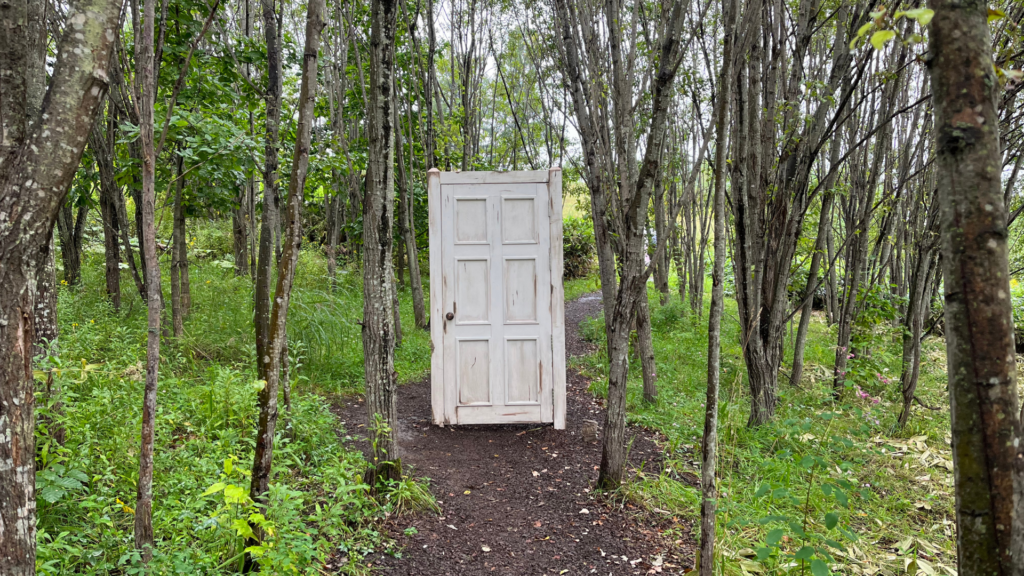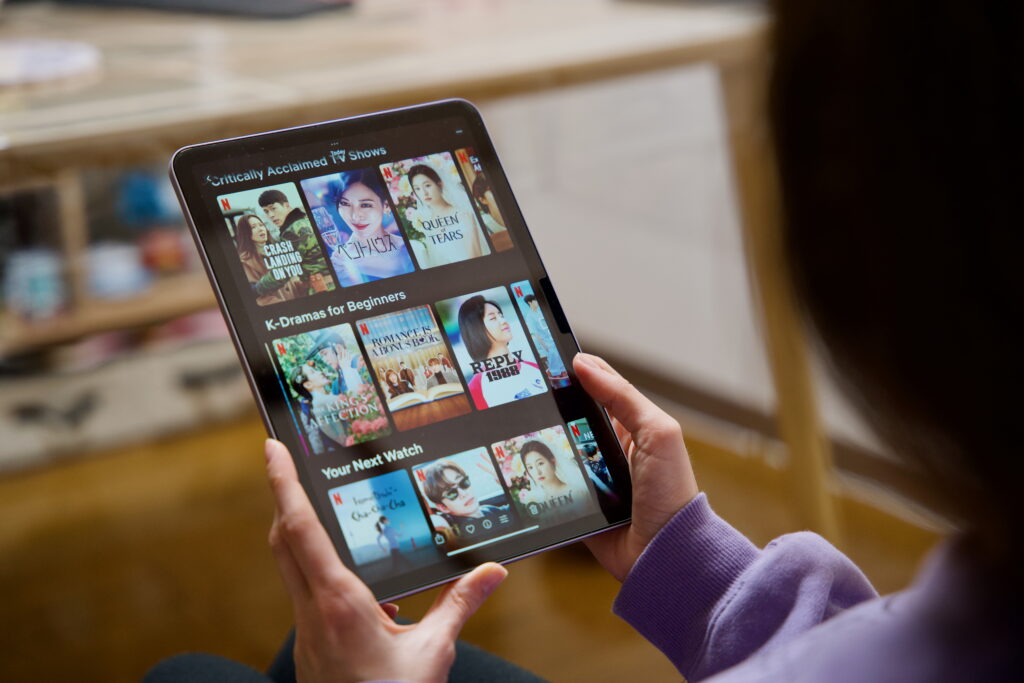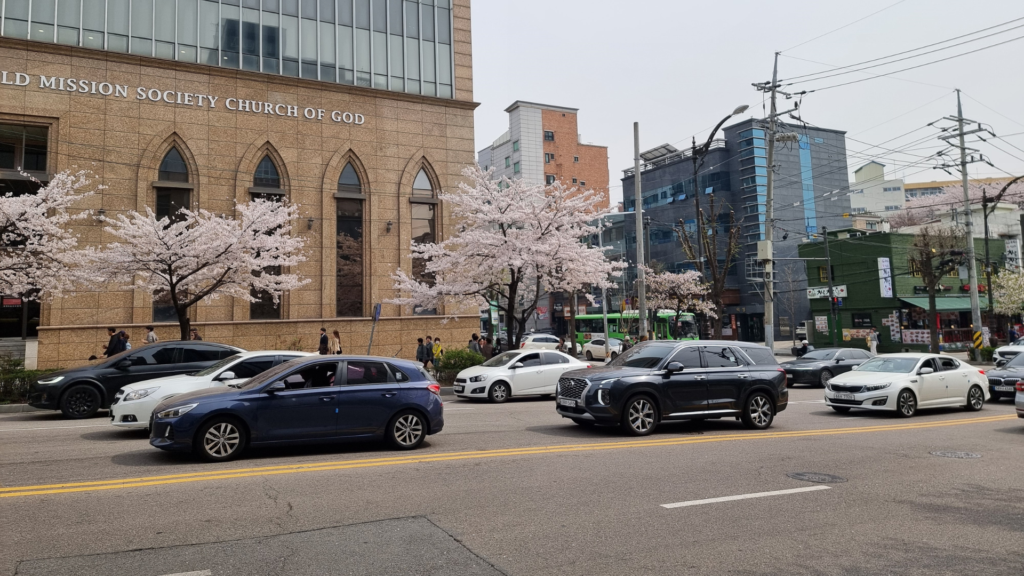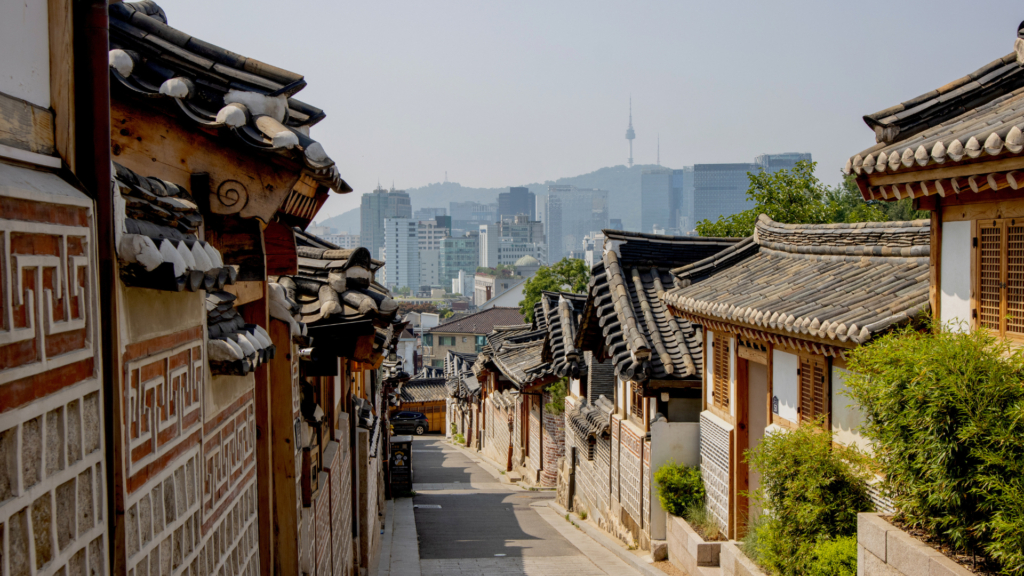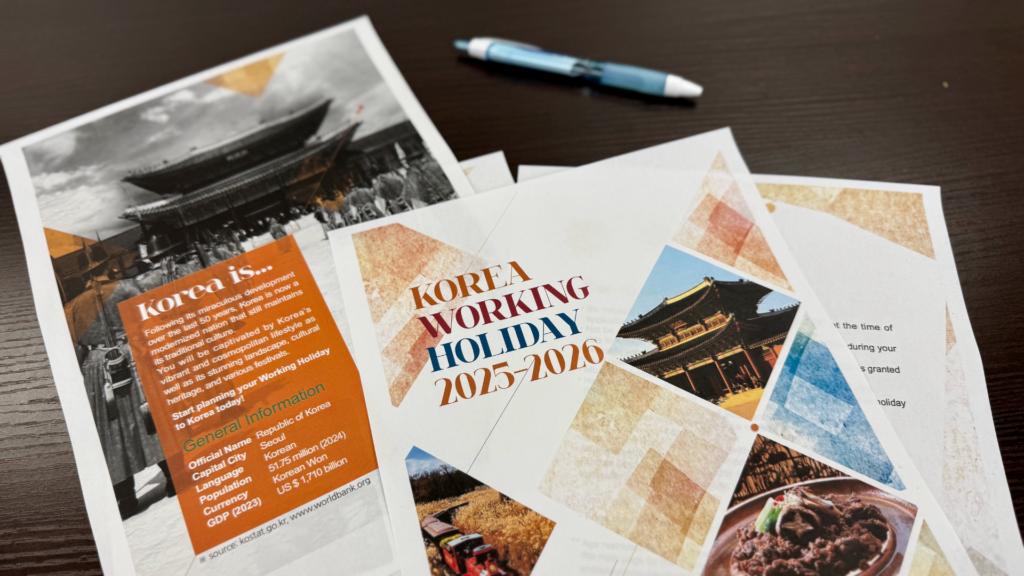The art of gifting is highly valued in Korean culture, it symbolizes graciousness and respect within the social community. Regardless of the occasion, it is a wonderful way to demonstrate thoughtfulness and also fosters relationships with others. During Seollal (설날), or Korean New Year, Koreans prepare thoughtful gifts to express their gratitude towards their family and friends, as well as welcoming a happy new year ahead. Let’s read on to find out what are some gifts prepared during Seollal and why Seollal gifting is important!
Traditions of Seollal gifting
During Seollal, family members would gather, spend time, enjoy a plethora of Seollal food, and carry out traditional activities too. Seollal gifting is one of these activities during Seollal where Koreans prepare gifts to show their gratitude and respect when visiting their relatives and friends.
These Seollal gifts are often wrapped in bright colors, mainly hong (홍, red), jeong (정, blue), baek (백, white), heuk (흑, black) and hwang (황, yellow). These colors are closely associated with the Obangsaek (오방색, five elements) and each color represents luck, hope, innocence, existence and compassion respectively.
During Seollal, when Koreans get dressed in Hanbok (한복, traditional korean outfit), they will pick bright colors based from the Obangsaek. However, Koreans do tend to avoid white and black as these two colors are widely associated in Jangryesik (장례식, funeral ceremony) in Korea. Instead, donning in auspicious colors, is said to bring luck, and hope in the new year.
One very important gift exchange etiquette you should observe is that you must use both hands when receiving or giving a gift to show respect, and this is especially important when you’re facing someone older than you.
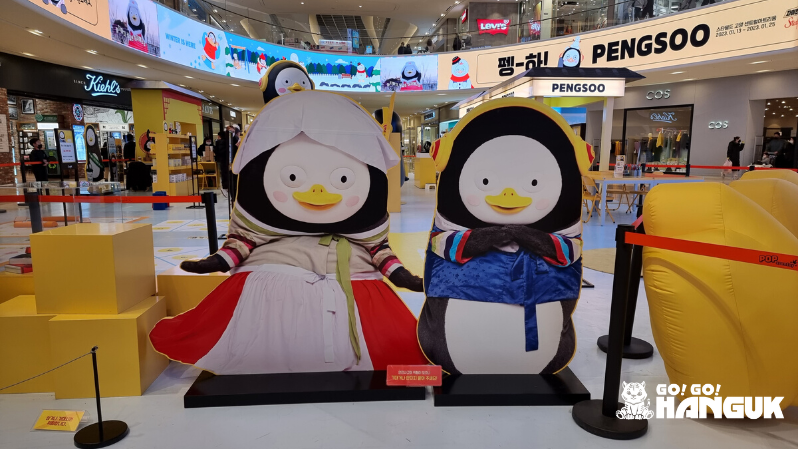
Meaningful Seollal gifts
Let’s see what are some meaningful gifts Koreans give during Seollal!
Sebaetdon (세뱃돈), or New year’s money
Sebae (세배, bowing to elders) is a traditional ritual of filial piety where the juniors kneel down and bow deeply to greet their elders with the blessing phrase “saehae bok mani badeuseyo“ (새해 복 많이 받으세요, hope you receive lots of luck in the new year). The elders will then give out Sebaetdon (세뱃돈, new year’s money) which is kept inside an envelope after the junior performs the Sebae. This acts as the elders’ blessing for the juniors, hoping they have a smooth year ahead, be in good health and happiness.
Geongangsikpum (건강식품), or health food
Geongangsikpum (건강식품, health food) is a traditional choice as it signifies being considerate and wishing for one’s good health. Hence, It has been a popular gift for parents during Seollal. In Korea, Geongangsikpum includes Insam (인삼, ginseng) and Kkul (꿀, honey). Tea products such as Daechucha (대추차, Jujube tea), Insamcha (인삼차, ginseng tea), and Yujacha (유자차, yuja tea) and vitamins including multivitamins, Omega-3, and probiotics are also widely considered as well. These health foods not only strengthen immunity, and overall health, they are also perfect gifts that will convey your love and gratitude to your loved ones.
Gajeongyongpum (가정용품), or household products
While Geongangsikpum is a practical and healthy gift, Gajeongyongpum (가정용품, household products) is definitely a thoughtful and useful gift. Some common Seollal gifts include toiletry gift sets such as toilet roll, shampoo and body wash or cleaning gift sets such as laundry detergent and cleaning wipes. It is said that giving cleaning supplies brings prosperity and good health.
For some who have a higher budget, electric rice cookers and massage chairs are impeccable gifts for parents and loved ones as well.
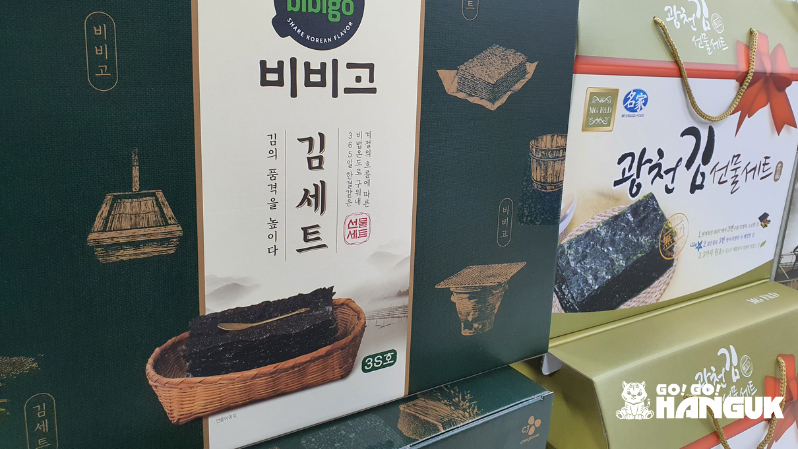
Eumsik (음식), or food / Sul (술), or alcohol
More practical and common Seollal gifting ideas are composed of Eumsik (음식, food) gift sets such as Ssal (쌀, rice), Seupaem (스팸, Spam), Chamchi (참치, canned tuna), Ramyeon (라면, Korean instant noodles), Kim (김, Korean dried seaweed), and Gwail (과일, fruits) basket. Meat set such as dried or fresh Haemul (해물, seafood), and Hanwoo (한우, Korean beef) are typically gifted as well.
Sul (술, alcohol) is also one great gift option which ranges from Yangju (양주, liquor), Baekju (백주, chinese liquor), Wain (와인, wine) and Makgeolli (막걸리, Korean rice wine). In Korea, it has become a social norm to include alcohol as a way to celebrate special occasions as it helps to bond people together after a little bit of drinking!
Things you should take note during Seollal gifting
In a country like Korea where being humble and respectful to others are essential in all generations, remember that you should be using both hands when receiving or giving a gift. Additionally, when considering what presents to prepare, avoid anything that is sharp as this signifies cutting off a relationship with someone. Lastly, try not to pick a gift that is black, white or dark red in color as in Korean culture, these colors are not as auspicious as those of bright colors.
In Korean culture, the art of Seollal gifting is all about receiving blessings from family and loved ones, reciprocating their well intentions by putting in every thought and idea into preparing a gift to wish the same for them.
Undoubtedly, the more we find out about Korean culture, the more intriguing it gets! For more information, follow the Go! Go! Hanguk blog and feel free to contact us about living and studying in Korea.

